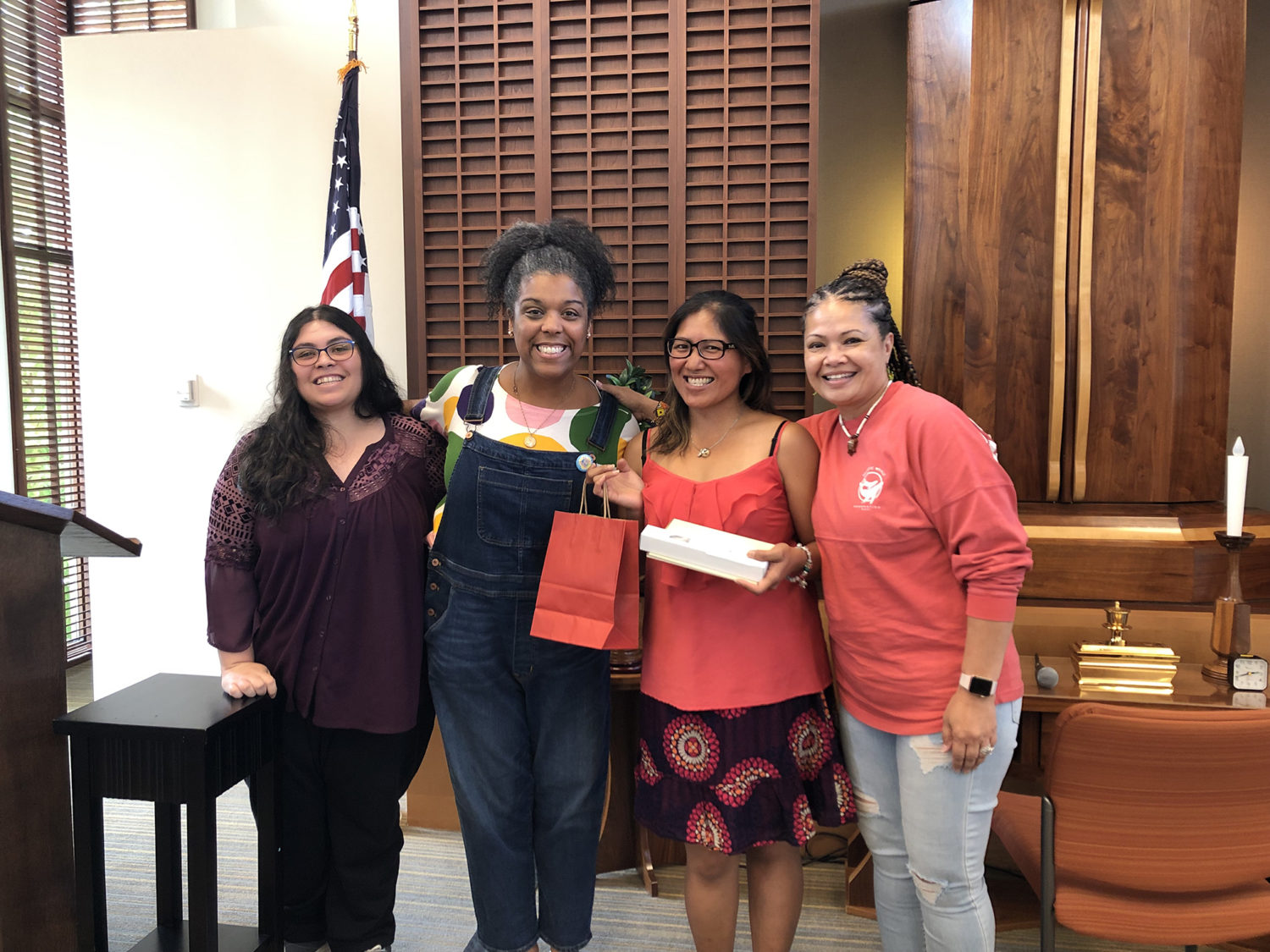Understanding the meaning of the words we recite during gongyo can, of course, help strengthen our confidence and appreciation for our basic Buddhist practice. But as SGI President Ikeda once said: “If you understand and yet fail to practice, it won’t get you anywhere. Moreover, you cannot understand all of the profound significance of the [Mystic] Law through reason alone” (The Wisdom for Creating Happiness and Peace, Part 1, pp. 70–71).
Just as birds understand the language of birds, and those who speak the same language understand one another, it could be said that by reciting gongyo, we are conversing with our own Buddha nature by speaking the language of the Buddhas.
Nichiren Daishonin assures us that understanding is not a prerequisite for reaping great benefits from our Buddhist practice. He states: “A baby does not know the difference between water and fire, and cannot distinguish medicine from poison. But when the baby sucks milk, its life is nourished and sustained . . . if one listens to even one character or one phrase of the Lotus Sutra, one cannot fail to attain Buddhahood” (“Letter to Horen,” The Writings of Nichiren Daishonin, vol. 1, p. 513).
Reciting gongyo and chanting Nam-myoho-renge-kyo each day is a splendid ceremony in which the microcosm of our lives harmonizes with the macrocosm of the universe. By engaging in this ceremony morning and evening, we bring forth the power to direct our lives toward the greatest happiness (see My Dear Friends in America, third edition, p. 48).
Understanding Helps Deepen Our Faith
While understanding is not required to benefit from Buddhist practice, Buddhist study, which includes learning about the Lotus Sutra from the standpoint of Nichiren’s teachings, can deepen our faith and commitment to our Buddhist practice.
The Daishonin found the essence of Shakyamuni Buddha’s teaching in the Lotus Sutra, which reveals that all people inherently possess Buddhahood or enlightenment, the highest state of life. He developed the primary practice of chanting Nam-myoho-renge-kyo—the sutra’s title and essence, and the name of the universal Law of life—as a way for ordinary people to bring forth their Buddhahood.
Chanting Nam-myoho-renge-kyo has been likened to the main course of a meal, and reciting the sutra to the seasoning. By practicing both, in the form of gongyo, we derive maximum joy from our Buddhist practice and life.
In addition, though he never established a specific format for gongyo, Nichiren recommended to some of his disciples that, as a supporting practice, they could recite portions of two Lotus Sutra chapters—“Expedient Means” (2nd chapter) and “Life Span” (16th chapter) (see “Expedient Means” and “Life Span” Chapters, WND-1, p. 71).
In “Expedient Means,” Shakyamuni teaches that all people possess the wisdom of the Buddha, which is beyond measure and the source of enlightenment for all living beings. In reciting this chapter, we affirm that we possess limitless wisdom to resolve suffering and move our lives in the direction we desire.
In “Life Span,” Shakyamuni reveals that all life is eternally endowed with the Buddha nature. Rather than seek this Buddha wisdom outside of us, we can summon it from within. When we recite this chapter, we are declaring that our true identity is that of a Buddha.
At the end of gongyo, we say: “Mai ji sa ze nen. I ga ryo shujo. Toku nyu mu-jo do. Soku joju busshin.” This is translated as: “At all times I think to myself: How can I cause living beings to gain entry into the unsurpassed way and quickly acquire the body of a Buddha?” (The Lotus Sutra and Its Opening and Closing Sutras, p. 273). This expresses the eternal vow of the Buddha to help all people establish unshakable happiness in their lives. Thus, each time we do gongyo, we affirm our vow as Buddhas to actualize this wish.
Regarding the purpose and benefit of gongyo, President Ikeda states:
We don’t need to go to some faraway place to attain Buddhahood. We don’t need to become someone special. We can commune dynamically with the universe as and where we are and fully reveal the brilliance of our own innate “true aspect”—that is, our true self as an entity of Nam-myoho-renge-kyo. That is the purpose of gongyo and the realm of faith. We can bring forth from within us the wisdom, courage and compassion of the Mystic Law. We therefore have absolutely nothing to fear. (The Wisdom for Creating Happiness and Peace, Part 1, pp. 54–55)
When we recite the sutra, chant Nam-myoho-renge-kyo and take action to spread Buddhism, we are carrying out the same practice as Nichiren. By doing so, we unite our lives with the great vow of the Buddha for the happiness of all humanity. We bring forth appreciation and great life force to win over adversity and doubt, and we come to enjoy limitless benefits.
You are reading {{ meterCount }} of {{ meterMax }} free premium articles

